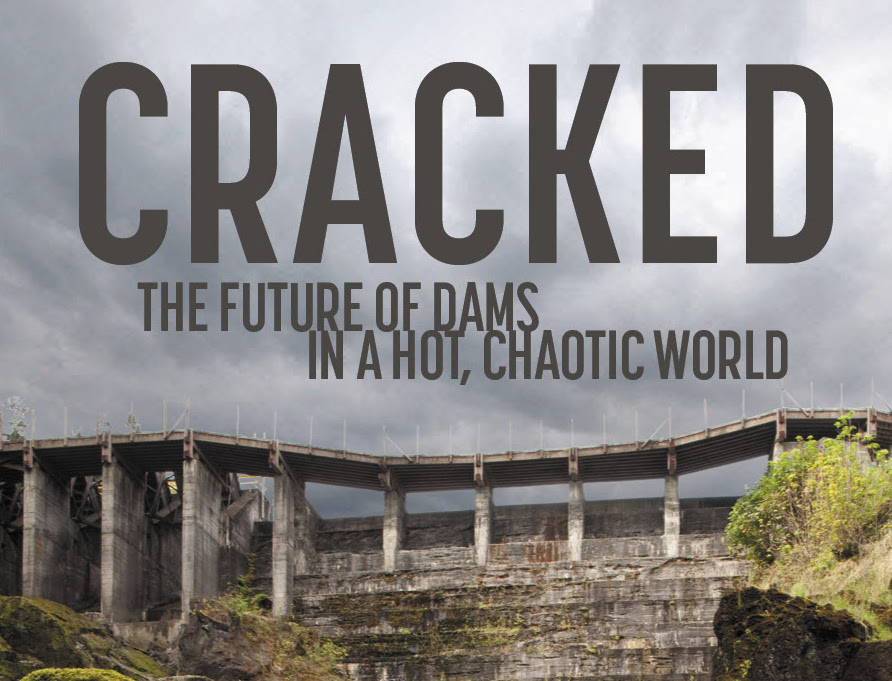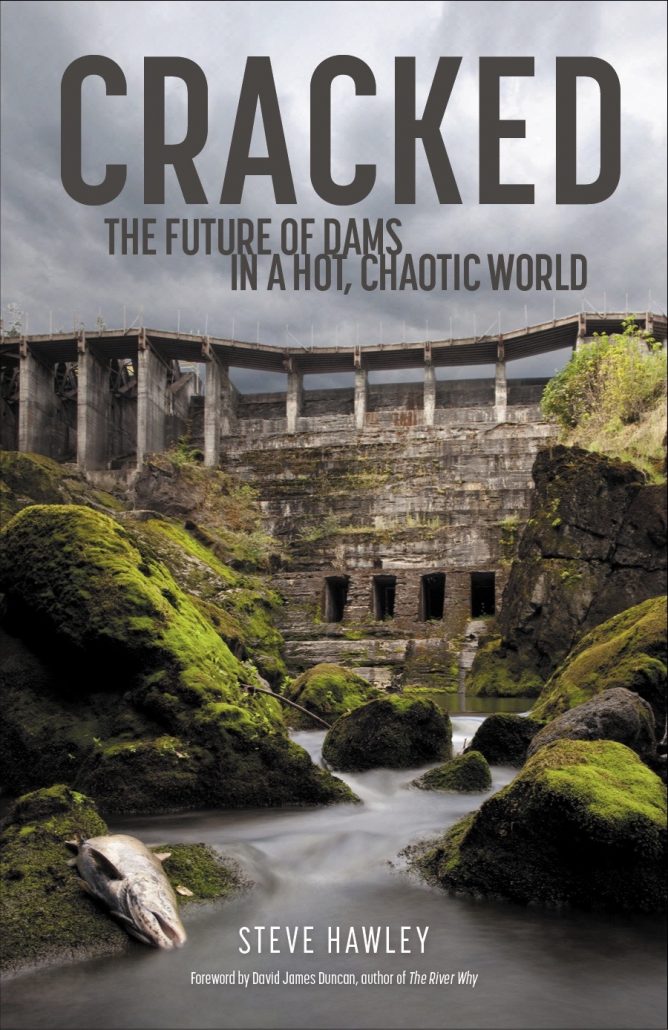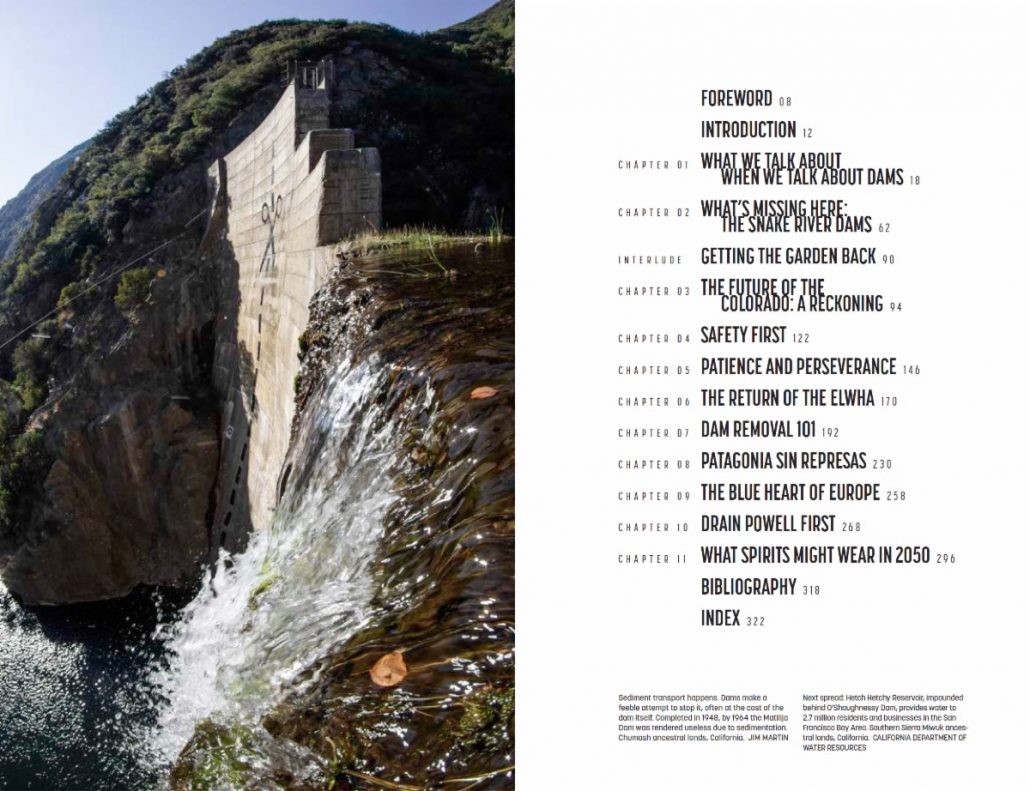Follow Steve Hawley (of Hood River, OR) an environmental journalist, author and filmmaker on the forefront of the dam removal movement. On May 2nd, Patagonia he will release his second book on the topic, Cracked: The Future of Dams in a Hot, Chaotic World.
The truth about dams is about to be revealed.
Patagonia announces the publication of Cracked, a reckoning of America’s misguided attempts to control water and an activist’s guide for freeing our rivers
A new book from Patagonia offers hope for the dam removal movement and how it will contribute to the mitigation of the climate crisis: when we free the rivers, watersheds are restored and Earth heals itself.
In Cracked: The Future of Dams in a Hot, Chaotic World (Patagonia, May 2, 2023, hardcover) author Steven Hawley, an Oregon-based environmental journalist and documentary filmmaker, delivers the full, ugly truth about dams and offers a pathway toward freeing our rivers.
Over the past 20 years, the mess made by America’s dam-building binge of the 20th century has come to light. Hawley highlights that what started out as arguably good government project – to turn rivers into revenue streams – has drifted oceans away from that original intent. As a result, water control projects’ main legacy is of needless ecological destruction and a host of unnecessary cultural injustices.
Cracked is a speed date with the history of water control — its dams, diversions and canals, and just as importantly, the politics and power that evolved with them. Examples from the American West reveal that the costs of building and maintaining a sprawling water storage and delivery complex in an arid world — growing increasingly dry under the ravages of climate chaos — are well beyond the benefits. Success stories from Patagonia and the Blue Heart of Europe point to a possible future where rivers run free.
There are currently over 90,000 dams fifteen feet tall or higher in the United States, according to the US Army Corps of Engineers. In a report by the World Wildlife Fund, freshwater species in North America have declined by 83% since 1970. The estimated 800,000 dams in the world can’t be blamed for destroying the earth’s entire biological inheritance, but they play an outsized role in that destruction.
The chapter “Dam Removal 101” equips activists with tools, resources and success stories for cleaning up these man-made messes, ensuring future generations don’t live with the mistakes of the past. Hawley walks readers through the process of campaign organizing, goal-setting, financing, permitting, and the final step of site restoration and monitoring.
“Dam removal is not purely an engineering game, nor strictly an exercise in ecological improvement,” says Hawley.
“It’s a grassroots organizing project, an endeavor in door-to-door diplomacy, a revival of the practice of community-level democracy to which politicians are always vaguely alluding, and which the vast majority can’t quite seem to remember how to perform.”
Publishing nearly 10 years after Patagonia’s groundbreaking documentary “DamNation,” the release of Cracked underlines the company’s long-standing commitment to freeing rivers and saving wild fish.




